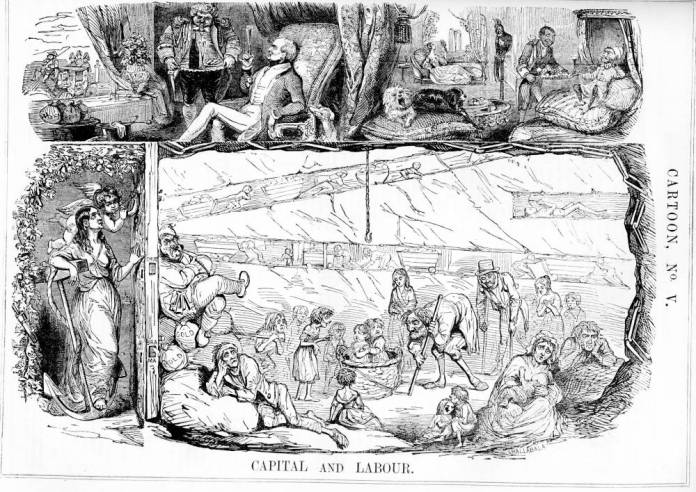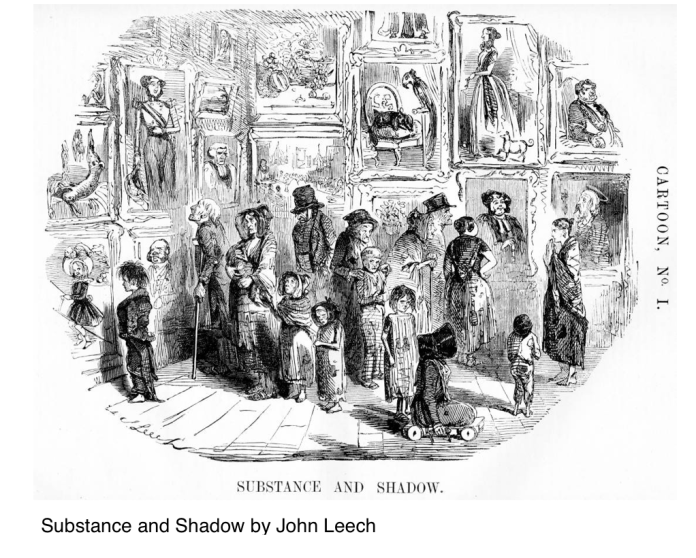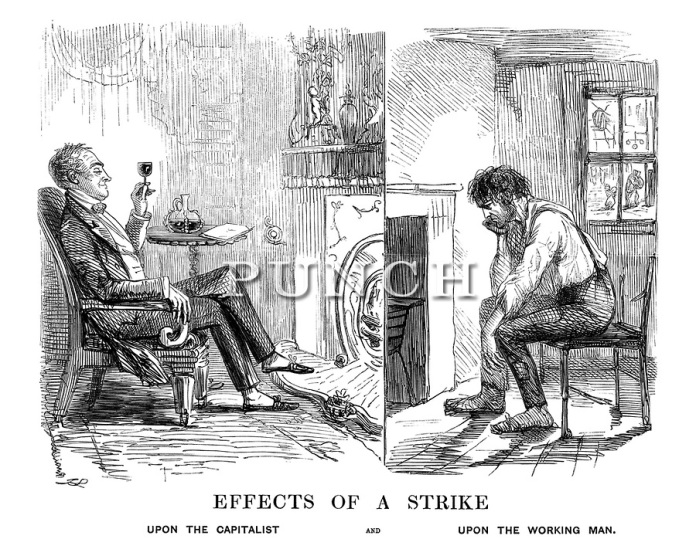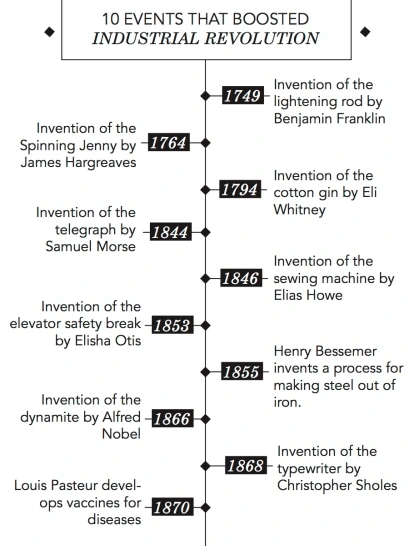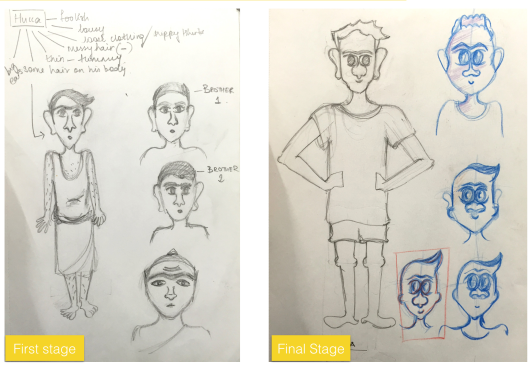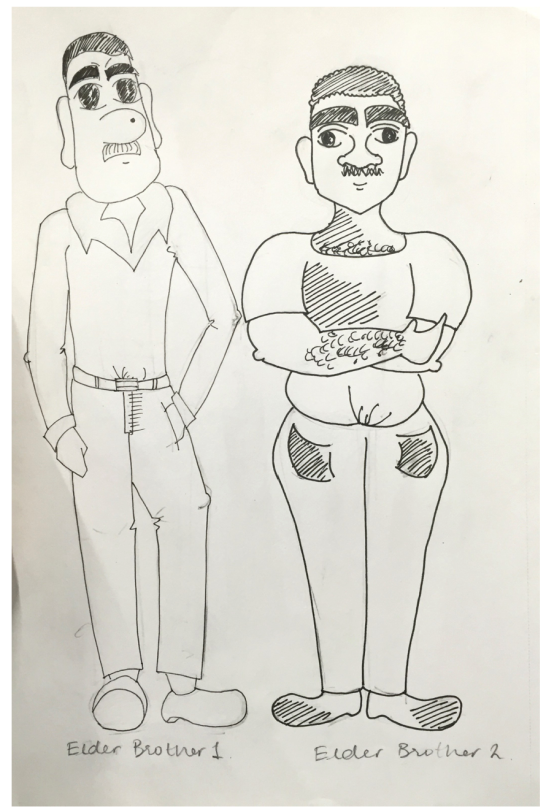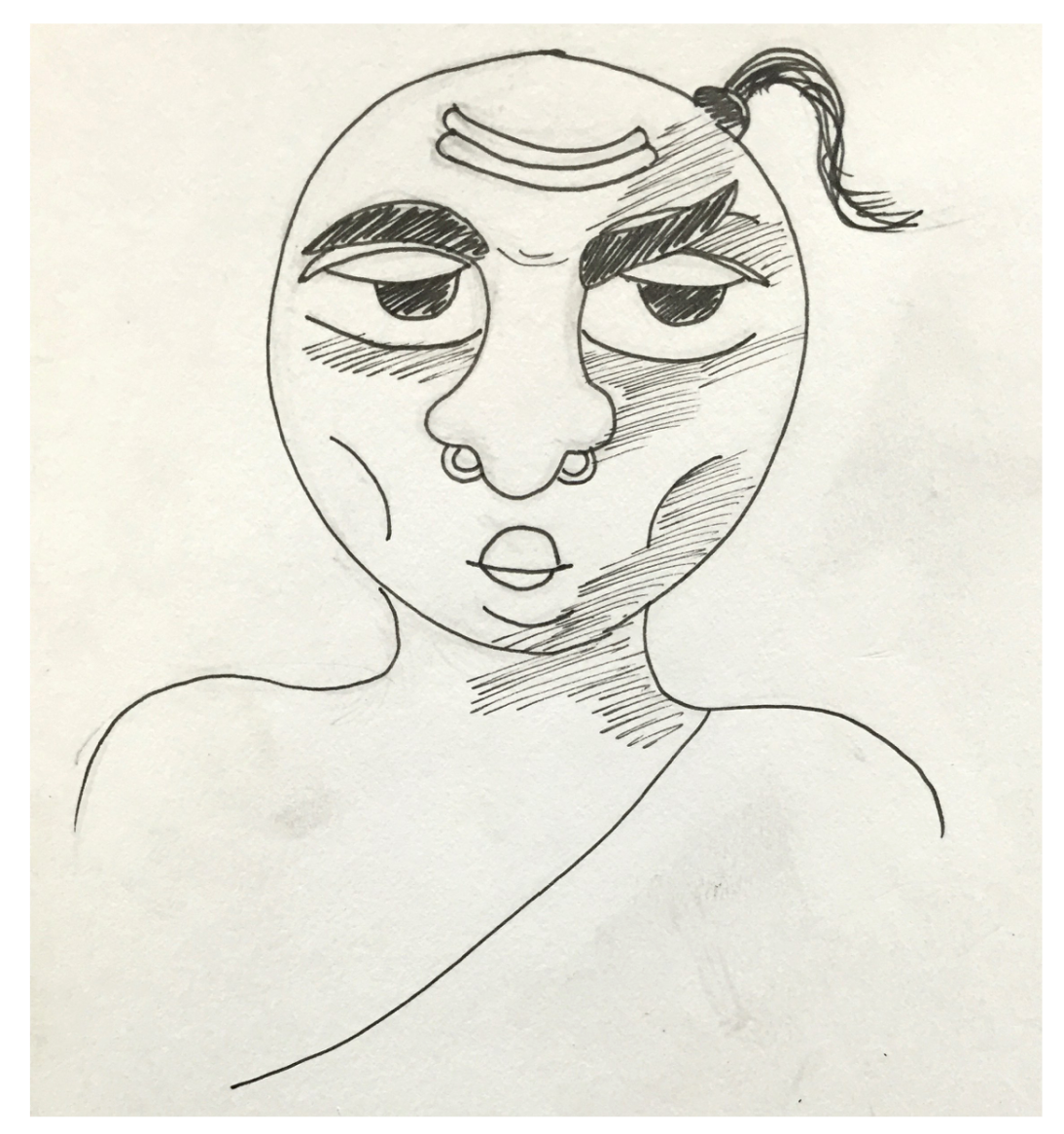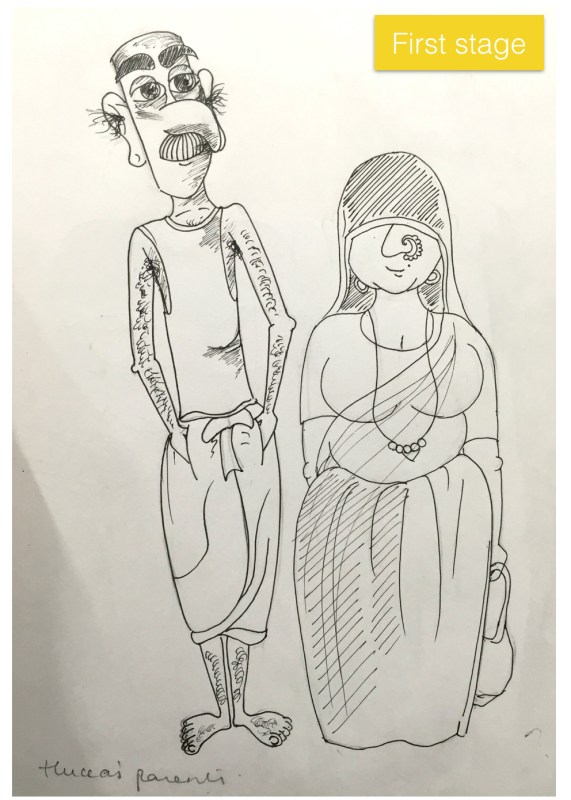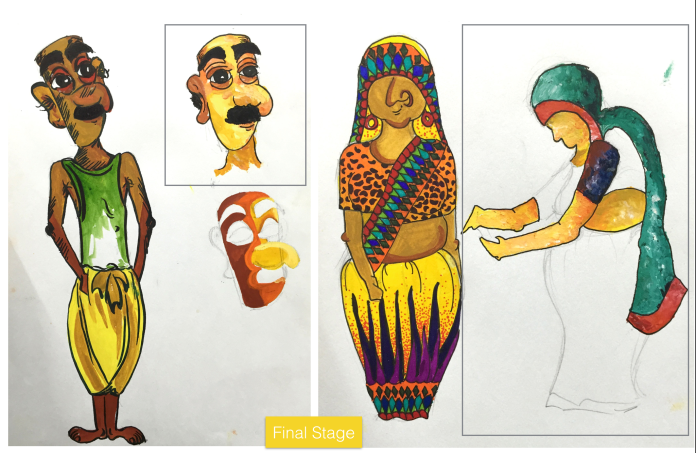Introduction
The following project is called ‘Part of a Whole’. The objective of the aforementioned project was to introduce us to design research skills. In this project, we are expected to explore and research on every minute detail of the ‘part’ chosen. Our research includes an in-depth study of the history and evolution of the part, materials used in the entire process of the making of the part, photo essay and our very own interpretation of the part. We also need to re-design our part by either modifying, adding variations to it or simply by adding a twist.
For this project, I have taken ‘Blackletter typeface’ as my whole, and its legibility as the part. I am looking at this typeface in detail, by carrying out the research through the history of this typeface and its modifications through out its journey, its purpose and where it was used. After this, I will be making an attempt at modifying one of the blackletter types. this typeface was stop being used by the end of the 19th century
Problem statement: An attempt to modify few alphabets of blackletter to increase their legibility for the purpose of being used in body-texts again.
The evolution of Blackletter typeface
Blackletter was a beautiful part of typography and history. It’s dramatic thin and thick strokes make it stand out from the rest of the types, making it arguably the most adorned style of calligraphy. The disappearance of Blackletter is not in the script but in it’s history itself.
To understand the birth of this particular typeface, it’s important to look at it’s direct ancestor, Carolingian Minuscule. Carolingian Minuscule was evolved at the request of Emperor Charlemagne, the Kind of Franks, who himself was illiterate. He realised that a standard writing system would be beneficial for his kingdom’s growth and survival, hence to be used in his kingdom which included the whole of Western and Central Europe. This was the first script that required a clear difference between the capitals and the lower-case letter forms and also the first script to require a strong enough spacing. On the other hand, it was also necessary to conserve writing space because of the expensive writing surfaces like parchments. With the increasing demand of books and founding of new universities, it was difficult to produce the books in short time as Carolingian Minuscule was time consuming and labour-intensive to produce.
The more letters one could fit in a smaller space, the more economical it would be to produce a book. Hence the more words with blank ink and less white space gave rise to the term Blackletter.
Therefore, it can be said that Carolingian Minuscule actually formed the basis for the later development of blackletter.
There is a whole set of types of Blackletter, each having its own characteristics.
Starting from 1150 CE, Blackletter was used mostly in Western Europe till the 17th century AD, but continued in Germany till 1941 CE. Blackletter is also known as Fraktur, broken Type, german Script, Gothic Script and Old English. The angles formed in the line of this typeface is reference to the gothic architecture, a combination of broken arches and pointed arches in the cathedrals time.
The term ‘Gothic’ was first used to refer to blackletter in the 15th CE AD period in Italy, as the Renaissance Humanists mistakenly associated the script to goths and explained it to be barbaric.
Blackletter is often connected with germanys since it was used the longest there but it is not unique to just Germany, it has been used all over the western Europe.
Blackletter has five types namely- Textura, Rotunda, Bastarda, Schwabacher and Fraktur.
Textura was the first Blackletter type formed in 13th CE. It was based on the common change in architecture, that is to break up the round shape. All of the forms have been completely broken to diamond shaped serifs. Textura form is a narrow tightly set letters that was used in gothic churches, and its dark narrow beauty was used for spiritual charm. Textura was primarily used in France, England and Germany.
in 1455 CE, the first printed book in movable type was produced by Gutenberg known as the Gutenberg Bible with Textura as its type.
Rotunda was then developed after Textura in 14th CE. This typeface is less angular, broken forms are indicated but not completely executed, they are loosely placed and have increased legibility to read. This rounder style was more popular during the Renaissance in Italy, Southern France and Spain.
Bastarda then was formed in 1470 AD, which looked liked a mixture of Textura and Rotunda.
Schwabacher, which was formed after Bastarda, was a standard printed typeface in Germany reformation and farmers repellence hence it was the most modest in all scripts lower case forms and relatively wide and have round shapes. Schwabacher is a style of Bastarda that has been traditionally used in Germany.
By the end of the 15th CE, most of the Latin books in Germany were printed in dark, barely legible gothic style, Textura, where as the German books used the rougher type Schwabacher.
Based on Bastarda, Fraktur in 16th CE. was evolved. It was created by calligrapher Leonhard Wagner. Fraktur literally means fracture, that is broken, which is clearly indicated in the type. It’s fine delicate letter forms and aesthetic charm is the reason why it is the most common Blackletter type. Emperor Maximilian decided to establish a magnificent library of printed books, and he directed that a new typeface should be invented for this purpose that needed to be more elegant than Schwabacher, more modern than Textura, still looking “German” enough and mainly, legible enough for the common people to read.
On the other hand, there was a constant battle of typefaces between Blackletter and Antiqua from 1500 AD to 1941 AD
Even though Blackletter was commonly used through out Western Europe, the humanistic Antiqua typeface was the opposite of blackletter script. It was more legible to read, which is why it very soon came in the favour of Italy, France and other capital regions. Little by little the common use of Blackletter script died out in Europe and after the French Revolution (1799). Blackletter had great history but Antiqua had increased reading legibility all over Europe.
However, Fraktur was still used in Germany as the national script. In 1911 AD, there was a very close vote in the German Parliament between Blackletter and Antiqua, where Blackletter won by a difference of just three votes.
Fraktur glorified as the only true German typeface, but the official death of Fraktur in 1941 AD proclaimed that it was a typeface of the Jewish. It was a lie with intention, as Fraktur was not a practical typeface for a country like Germany that intended to obtain world power when the other parts of the world did not use it.
Based on its rich graphic nature, letter forms are do different from every other serif and sans serif typefaces. Designers and printers are trying to carefully pull back these treasures back to life, free from political, religious or other presidential sentiments.
Bibliography
“Retinart.” Retinart. Accessed May 22, 2016. http://retinart.net/typography/blackletter/.
“The Library of the Gutenberg Museum — I Love Typography.” I Love Typography RSS. 2010. Accessed May 31, 2016. http://ilovetypography.com/2010/03/01/the-library-of-the-gutenberg-museum/.
“History of Fraktur Writing and Printing in Germany at the Walden Font Co.” History of Fraktur Writing and Printing in Germany at the Walden Font Co. Accessed May 31, 2016. https://www.waldenfont.com/content.asp?contentpageID=5.
“The Story of Blackletter- Animation.” YouTube. 2012. Accessed May 31, 2016. https://www.youtube.com/watch?v=lQcO4n-RiOk.
Material Exploration
During the seven weeks of this project, I have practiced the art of hand lettering through blackletter typeface. During the process I noticed that the letters of this typeface were more angular and closer together and the pen strokes thicker.
I used devanagari dip-pens and pilot parallel pen to get the angles, the thickness and thinness, the sharpness and roundness of the letters right. For ink, I used black drawing ink and transparent photo colour in stone grey colour. The drawing ink was thicker to use which also gave a nice even black appearance for the letters, but the photo colour was smoother to use. To get the letters precisely, I initially printed all the alphabets in the four given blackletter type, that is Textura, Schwabacher, Rotunda and Fraktur, and traced it printing paper. After practicing a letter at least five to six times using the tracing method, I was able to write the letter on my own.
